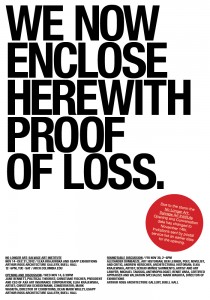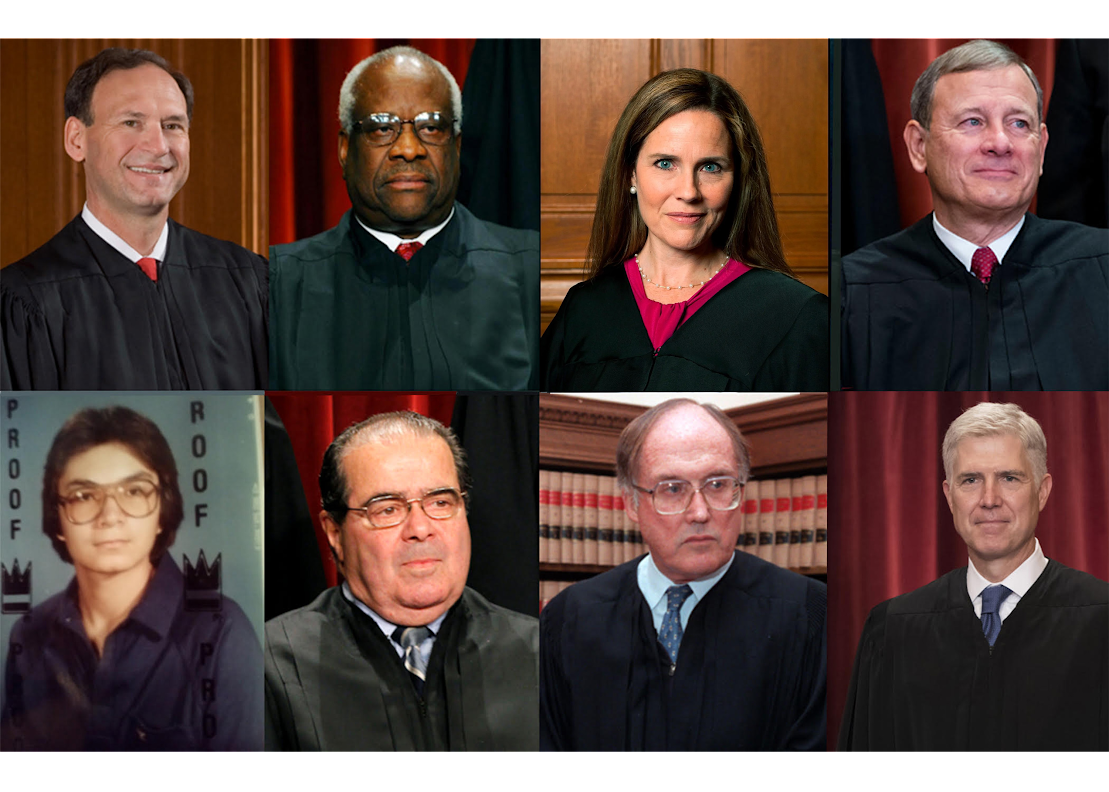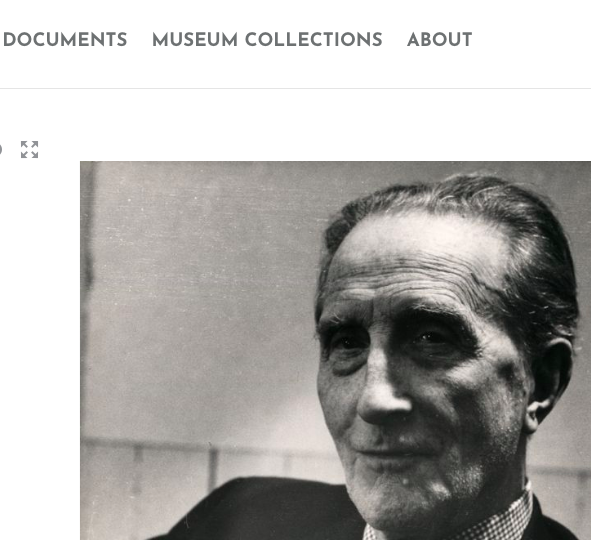 I’m on a roundtable discussion on Friday, November 30, at 2pm at Columbia University’s Graduate School of Architecture, Planning, and Preservation concerning damaged art and the regulation of its financial, aesthetic, and social value.
I’m on a roundtable discussion on Friday, November 30, at 2pm at Columbia University’s Graduate School of Architecture, Planning, and Preservation concerning damaged art and the regulation of its financial, aesthetic, and social value.
The roundtable discussion will focus on salvage art and on questions of damage and value with art historian Alexander Dumbadze, poet, novelist and critic Ben Lerner, architectural historian Andrew Herscher, artist Elka Krajewska, artist and art lawyer Sérgio Muñoz Sarmiento, anthropologist Michael Taussig, certified appraiser and valuation specialist Renee Vara, Director Of Exhibitions Mark Wasiuta. Arthur Ross Architecture Gallery, Buell Hall, Columbia University.
The exhibition opens on Wednesday, November 14th at 6:30 PM in the Arthur Ross Architecture Gallery in Buell Hall. Very timely!
Here’s more on the exhibition and talks:
Salvage art, a term borrowed from the art insurance lexicon, refers to work removed from art circulation due to accidental damage. Founded by artist Elka Krajewska, the Salvage Art Institute provides a refuge for salvaged work while offering a platform for confronting the regulation of its financial, aesthetic and social value.
In spring 2012 the institute accepted a gift of its first salvage art inventory, a group of objects related primarily through their “total loss” status. This inventory is the core of No Longer Art: Salvage Art Institute. The exhibition engages an actuarial logic that delivers a series of curious reversals. Foremost among these is the annulment of the value of total loss objects. Once a work has been declared a total loss and indemnification has been paid, insured objects are officially considered devoid of value. Left in the limbo of warehouse storage, these objects belong to an odd nether world, no longer alive in terms of the market, gallery or museum system, but often still relatively intact. The survival of salvage art even past its total devaluation confronts our common understanding of where art ends, disturbing the distinction, organization, and separation of art from non-art.








